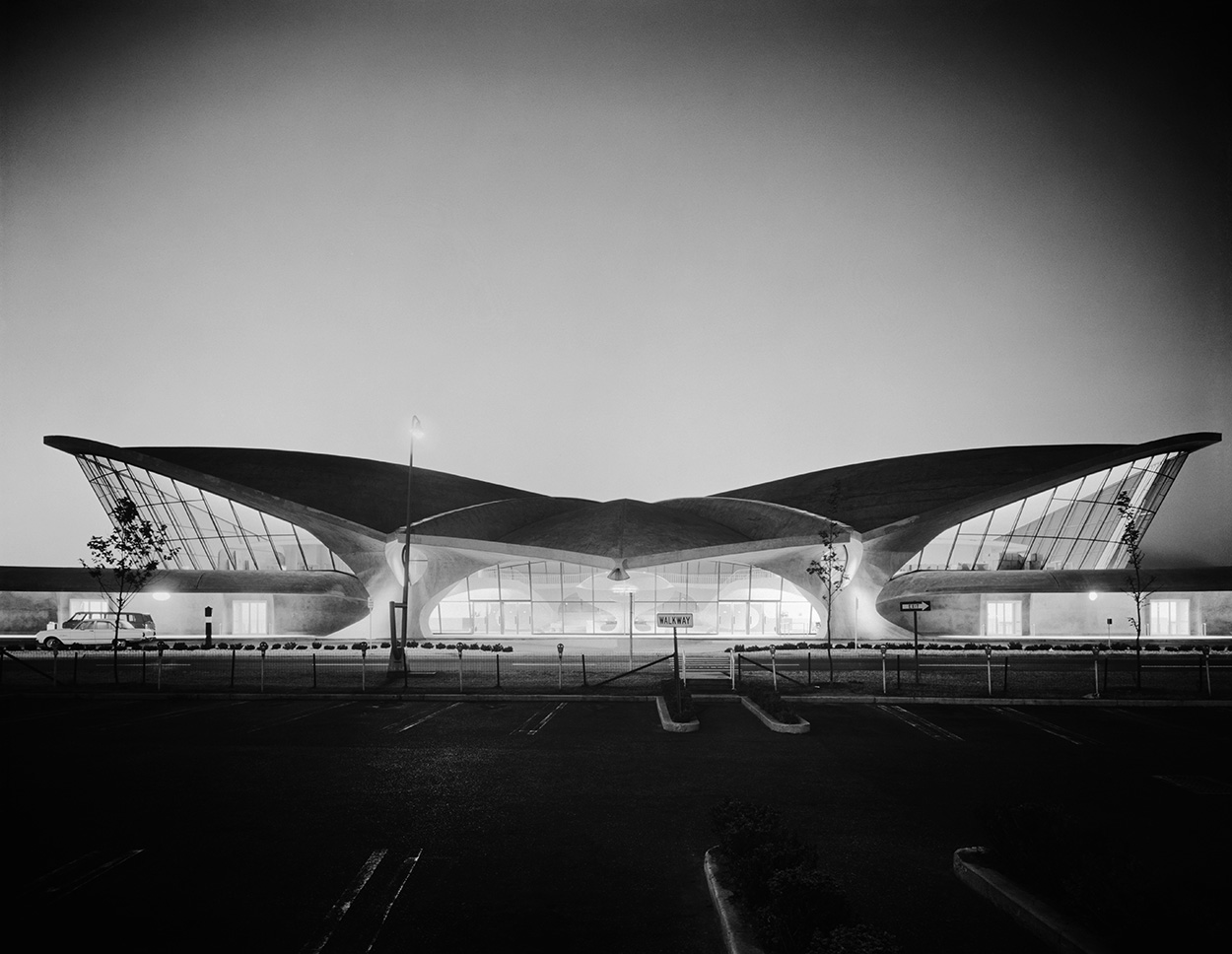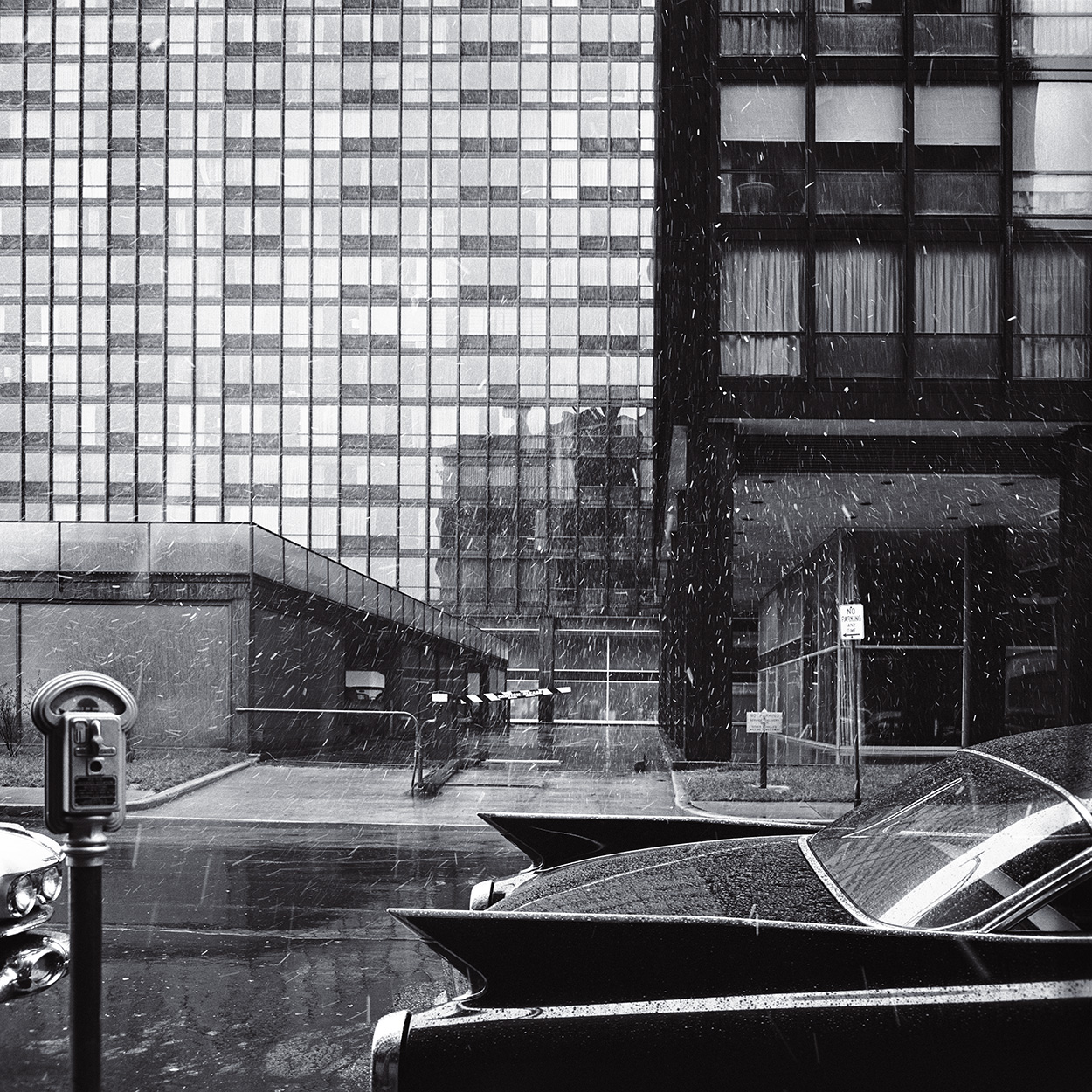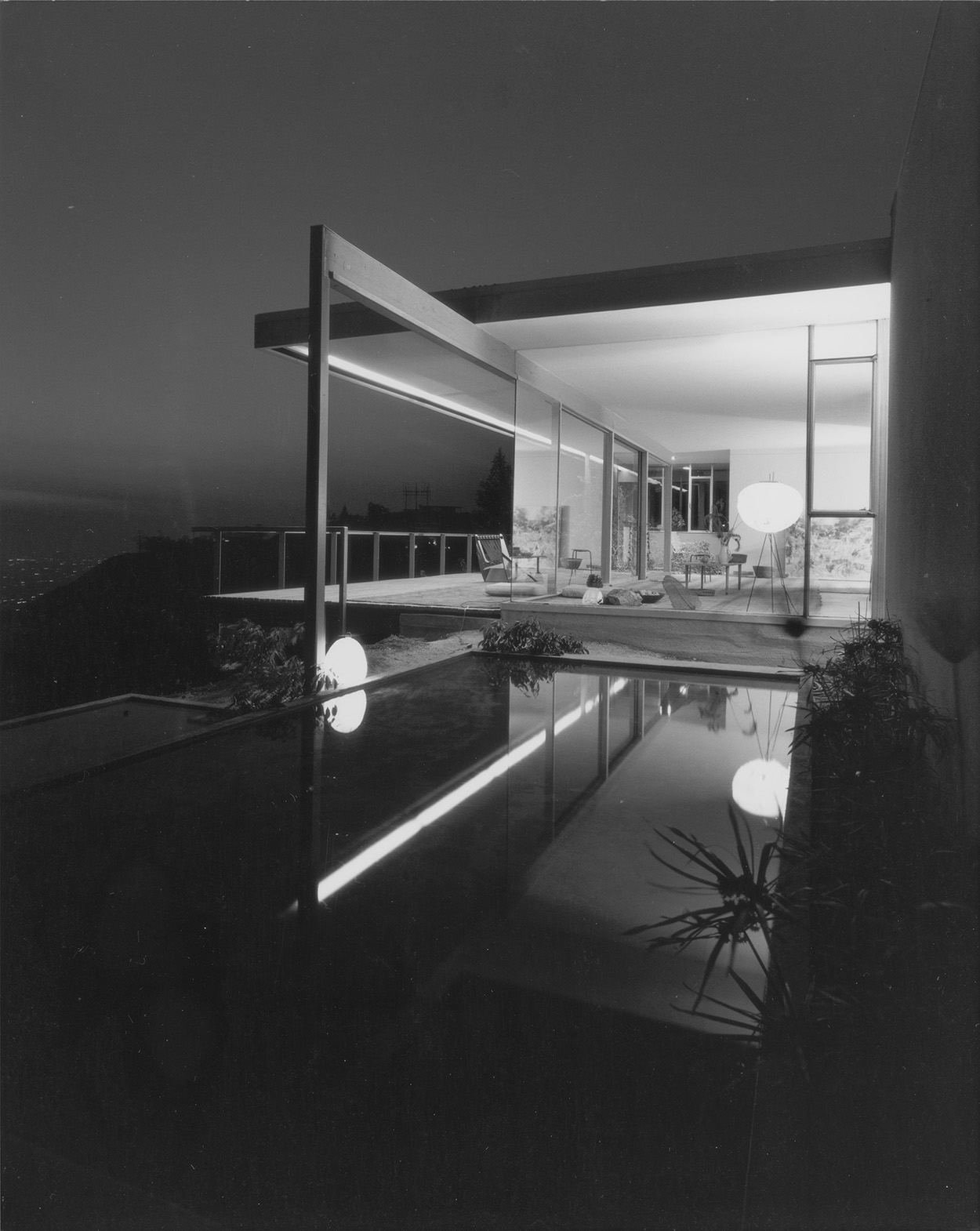If you only ever knew New York’s Seagram Building from Ezra Stoller’s 1958 photograph, you’d think of it as a sleek, Modernist monument. But judge it from Hiroshi Sugimoto’s hazy shot taken nearly 40 years later, and you might have a much spookier impression. Each artist imbued the building with meaning—Stoller, a sense of industry; Sugimoto, of demise. Both feature in the Parrish Art Museum’s upcoming show “Image Building: How Photography Transforms Architecture,” an exhibition guest curated by Therese Lichtenstein about the many stories one building can tell. Through 57 works by artists including Iwan Baan and Julius Sherman, the show—on view from March 18 through June 17—suggests that by preserving and perceiving architecture, great photographers can play a role in the construction of an icon.
What Architects Owe Photographers
A new show investigates how a simple image of a building can change the way we feel about them.
By Jeremy Olds March 09, 2018



